Eco paints – a guide to finding the best eco-friendly emulsion
Our guide to finding the best eco paints will help you choose all-natural products to protect you, your home and our planet


There are so many reasons why you should choose eco paint. Specially designed to have lower levels of volatile organic compounds (VOCs), natural paint products have reduced toxins, which is better for those with allergies and sensitivity to chemicals.
You won’t get that strong paint smell that you find with other paint finishes plus using them reduces the use of landfill, groundwater and ozone depleting contaminants so it’s better for the environment, too. Not only that but you don’t need to worry that you will be compromising on the color or finished look either, as eco paints offer excellent coverage, are easy to clean and conceal blemishes well.
‘When looking for eco-friendly, you should look for paints that are water-based as these emit less VOCs or volatile organic compounds than solvent based paints.’ says James Greenwood, paint and wallpaper expert at Graham & Brown. ‘VOCs are harmful to both humans and the environment so the less there are, the better.’
What is eco paint?
So what is eco-friendly paint exactly? Well, this natural product is designed to have lower levels of VOCs. According to the United States Environmental Protection Agency, the health effects of VOCs can include eye, nose and throat irritation, headaches, loss of coordination and nausea, allergic skin reaction, fatigue and dizziness.
Most eco-friendly paints are water-based and don’t leave any carbon footprint. The natural components that are used to make the paint are biodegradeable. Paint that isn’t eco-friendly is usually classed as household hazardous waste, especially if it’s latex or oil-based, and you need to dispose of it carefully using guidelines from your local authority. Eco paints on the other hand are made from natural materials: think clay paint, milk paint, limewash paint, and plant- and natural mineral-based paints.
What are the benefits of using eco paint?
There are so many reasons to choose eco paint if you're considering VOC paint vs non-VOC paint. It has minimal environmental impact, its components are biodegradable, they have either zero or only a tiny amount of VOCs plus they are better for our health, too. There are no unsafe emissions in their manufacture or application at home and they have a low odor thanks to their natural ingredients. This also means that cleaning paintbrushes and cleaning rollers will be easy and require just water rather than harsh chemicals or paint removers.
When looking for an eco paint, check that it’s water-based, odor-free and extremely low in VOCs. Many eco paint manufacturers also reduce the environmental impact of their production process, waste and packaging too.
How do eco paints differ from regular paints?
H&G Columnist, furniture designer and eco warrior Sebastian Cox interviewed eco paint company founder Edward Bulmer for us recently and asked how eco paints differ from regular paints and why the latter are a problem for the environment.
'I first discovered Edward Bulmer when on the panel for the Homes & Gardens Design Awards, and I’m so grateful I did,' says Sebastian. 'Only months later my wife Brogan, pregnant with our second baby, would be painting the ground floor of our house and, thanks to that discovery, not breathing excessive Volatile Organic Compounds (VOCs), which can compromise the health of unborn babies.
'Edward explained to me that industrially-produced paint started as a by-product of the refining of fossil fuels,' continues Sebastian. 'In recent decades, these oil-based paints became gradually replaced by high-performing emulsions of plastic suspended in water, which has become the ubiquitous and seemingly unquestioned wall covering of today.
'Making paint water-based seems a good step forward for this industry, but synonymizing the term with ecological benignity is perhaps a red herring. To use only naturally derived ingredients: maize starch, beech tree cellulose and clay and earth pigments, for example, is a leap only pioneers are taking so far.
'"It wouldn’t take much for the rest of the industry to switch to a plastic-free formula,"' Edward said, acknowledging that mission accomplished also means his pioneering position becomes diluted.'
What are eco-friendly paints like to use?
Eco paints differ only a little in application; the main difference you will notice between them and regular paint is the lack of 'paint smell'.
'It was almost unnerving to open a tin of paint with no scent, getting our noses cautiously closer to the surface of the Ochre yellow to see if it was real,' says Sebastian Cox.
Which are the best eco paints – and why?
'With durability in mind, what should our priorities be when examining paint and sustainability?' asks Cox. 'There are no industry-wide regulations on making "eco" or "green" claims in paint, unlike the relative clarity of certified organic food, for example.'
These, however, are the elements of the best eco-friendly paints, plus where to buy them.
If you are considering eco paint, here are Cathryn Sanders', head of creative at Earthborn Paints, top tips for things to consider:
- Check the ingredients – 'Ensure you know exactly what is in your paint and that there are no nasties hiding amongst the ingredients,' says Cathryn Sanders', head of creative at Earthborn Paints. Sebastian Cox agrees: 'Amid a lot of claims and counter-claims, the brands that really stand out to me are those who publish their ingredients on the tin (or tub – incidentally recyclable plastic tubs have a lower carbon footprint than a tin!).'
- Look for independent accreditation and certification.
- Check whether the paint is child-safe. 'All Earthborn paints are formulated with natural ingredients so there are no nasty smells or harmful emissions. If they are child-safe, then they are normally good for everyone else too (pets included!),' says Cathryn.
- Low VOCs: 'Certainly VOCs are a concern to our personal health, and paint companies across the board have lowered these with impressive pace. Eico, Little Greene, Farrow & Ball, Earthborn and Edward Bulmer all seem to perform well here,' says Cox.
- Natural alternatives to fossil resources: 'I also believe we should be moving away from materials derived from fossil resources where natural alternatives exist, and we should be concerned about what happens when we wash our brushes – anything that contains acrylic or other plastics obviously puts tiny plastic molecules into our water system. Edward’s paints omit fossil-derived acrylic, so become my first choice alongside lime paints like Bauwerk and Graphenstone which we will try elsewhere in our house,' says Sebastian Cox.
- Low impact of production: 'It’s not just the paint you should consider – we make sure the packaging, color cards and tins are as environmentally friendly as possible,' says Cathryn. Cox agrees: 'Farrow & Ball seem to be a larger producer striving for lower production impact, recycling 100% of their dry and 97% of their liquid waste and have an on-site water treatment facility, but Eico, who run their factory on geothermal energy seem unbeatable here, although their product is made in Iceland and is 100% acrylic, leaving you to pick your environmental priorities.'
- Lowering consumption with a quality-first approach: 'Perhaps, as always, lowering our consumption is the best starting point when thinking about sustainable living and picking colors that last, avoiding short-term interior design trends and instead respond to a space, its aspect and use, might be the greatest impact you can have,' advises Cox.
There are also vegan paints available, too, as Victoria Yardley, managing director of Victory Colours, explains, ‘For me, the first thing to look for in an eco paint are the values of the company selling it. When we set up Victory Colours, we wanted a paint brand that was not only eco-friendly with no VOCs but which was also vegan and cruelty-free.
'If a paint is solvent-based, that’s a definite no-no. Water-based paint is every bit as good at every level, from emulsion through to glossier hardwearing finishes. Water-based paint means no white spirit is needed for cleaning – which is notoriously hard to dispose of – you can just use tap water for cleaning brushes. So, at the very minimum, look for a water-based paint with no solvents, low to zero VOCs from a company with values you can relate to.’
What are VOCs?
VOCs are Volatile Organic Compounds – carbon-based chemicals – that are found in regular paint. When the paint goes on, the VOCs are released into the air (hence the 'paint' smell you can detect). Some paints have higher VOC levels than others, and can cause nausea and worsen the symptoms of asthma among other side-effects. The release of VOCs doesn't stop when the paint is dry – their emission can continue long afterwards.
Sign up to the Homes & Gardens newsletter
Design expertise in your inbox – from inspiring decorating ideas and beautiful celebrity homes to practical gardening advice and shopping round-ups.

Hayley is an interiors journalist, content provider and copywriter with 26 years experience who has contributed to a wide range of consumer magazines, trade titles, newspapers, blogs and online content. Specialising in kitchens and bathrooms, she has twice won the CEDIA Award for Best Technology feature. Hayley writes for H&G about kitchens, bathrooms, cleaning, DIY and organizing.
-
 These 5 plants can help you get the best, and potentially tastiest, broccoli ever – discover what to plant with broccoli, and what to avoid
These 5 plants can help you get the best, and potentially tastiest, broccoli ever – discover what to plant with broccoli, and what to avoidOur selection of vegetables, herbs, and flowers is perfect for companion planting with broccoli
By Drew Swainston Published
-
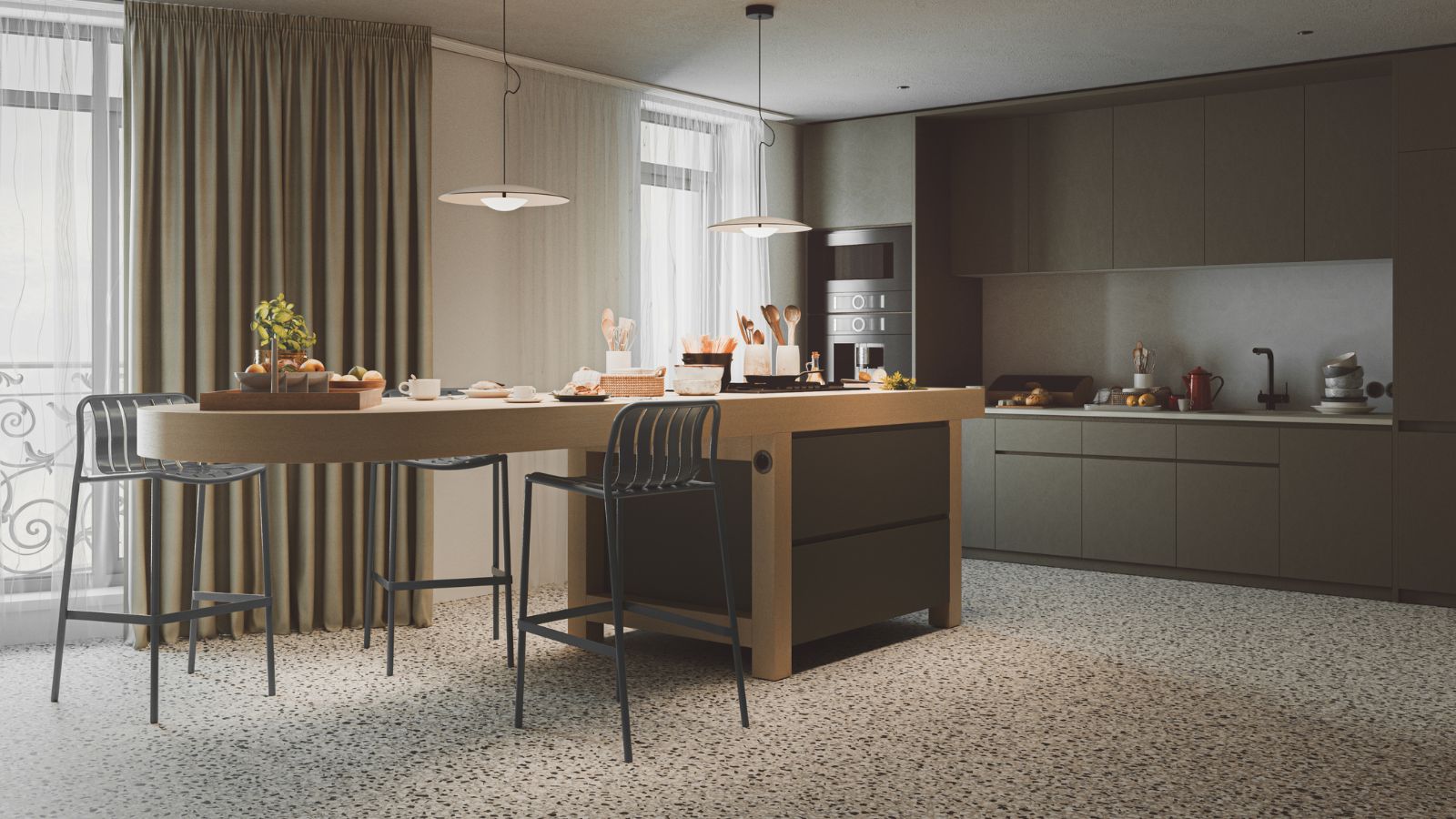 How to clean a terrazzo floor in 5 steps – expert tips to scrub, shine, and seal this sparkling floor finish
How to clean a terrazzo floor in 5 steps – expert tips to scrub, shine, and seal this sparkling floor finishAvoid damage and protect it's shine with these expert tricks
By Chiana Dickson Published
-
 7 dorm room organizing rules for less clutter and more space
7 dorm room organizing rules for less clutter and more spaceExperts offer their top tips for creating a well-organized dorm room, no matter the size, space, or layout.
By Ashley Chalmers Published
-
 How to maximize storage in a small or shared dorm room, according to pro organizers
How to maximize storage in a small or shared dorm room, according to pro organizersFind out all the hidden storage zones you might never have noticed
By Ashley Chalmers Published
-
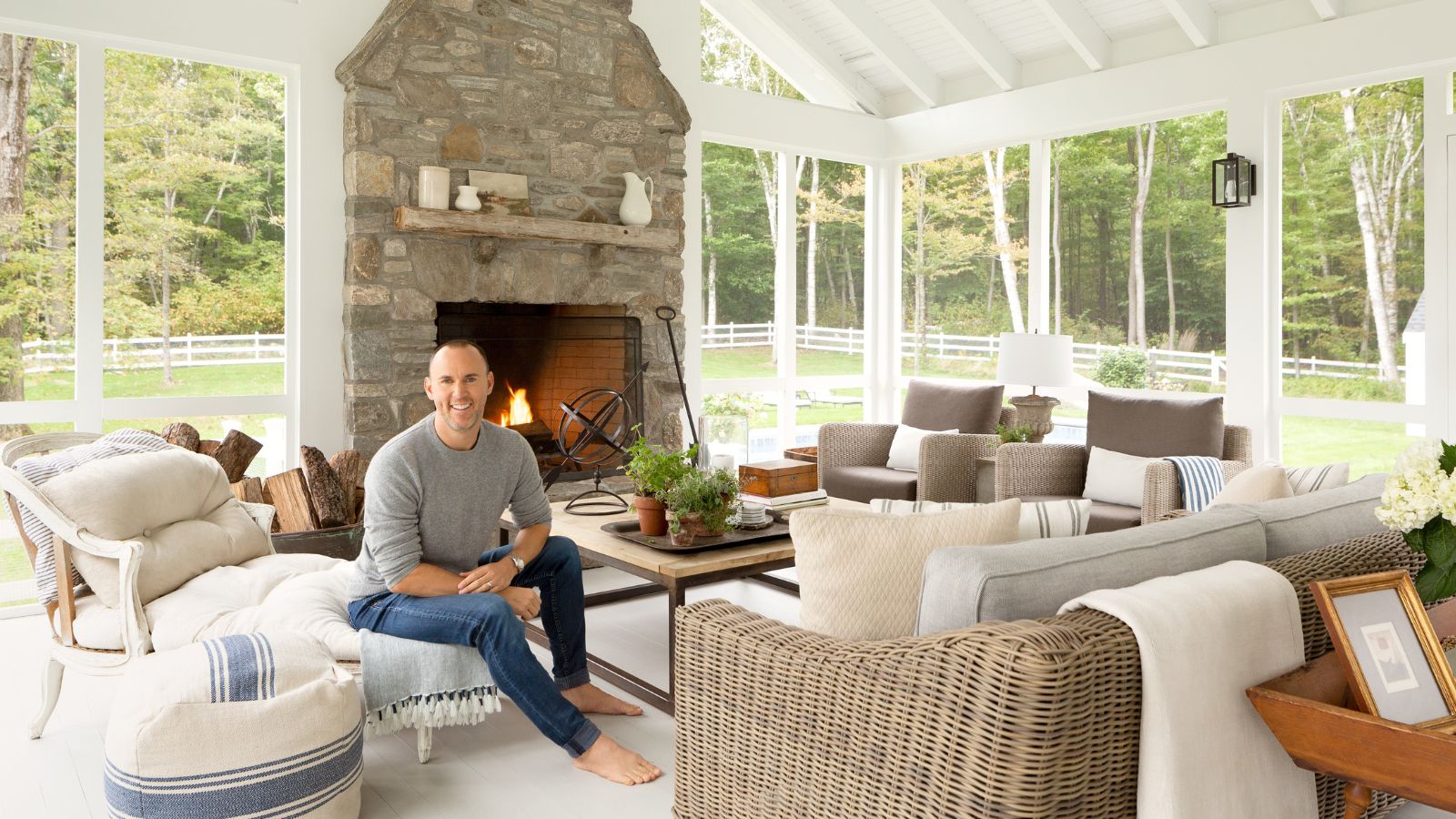 How I encourage my clients to make sustainable choices in their interior design
How I encourage my clients to make sustainable choices in their interior designAs an interior designer, I'm aware that I must push for sustainable decor whenever I can. Here, I explain four ways that anyone can be more sustainable with their choices
By Joshua Smith Published
-
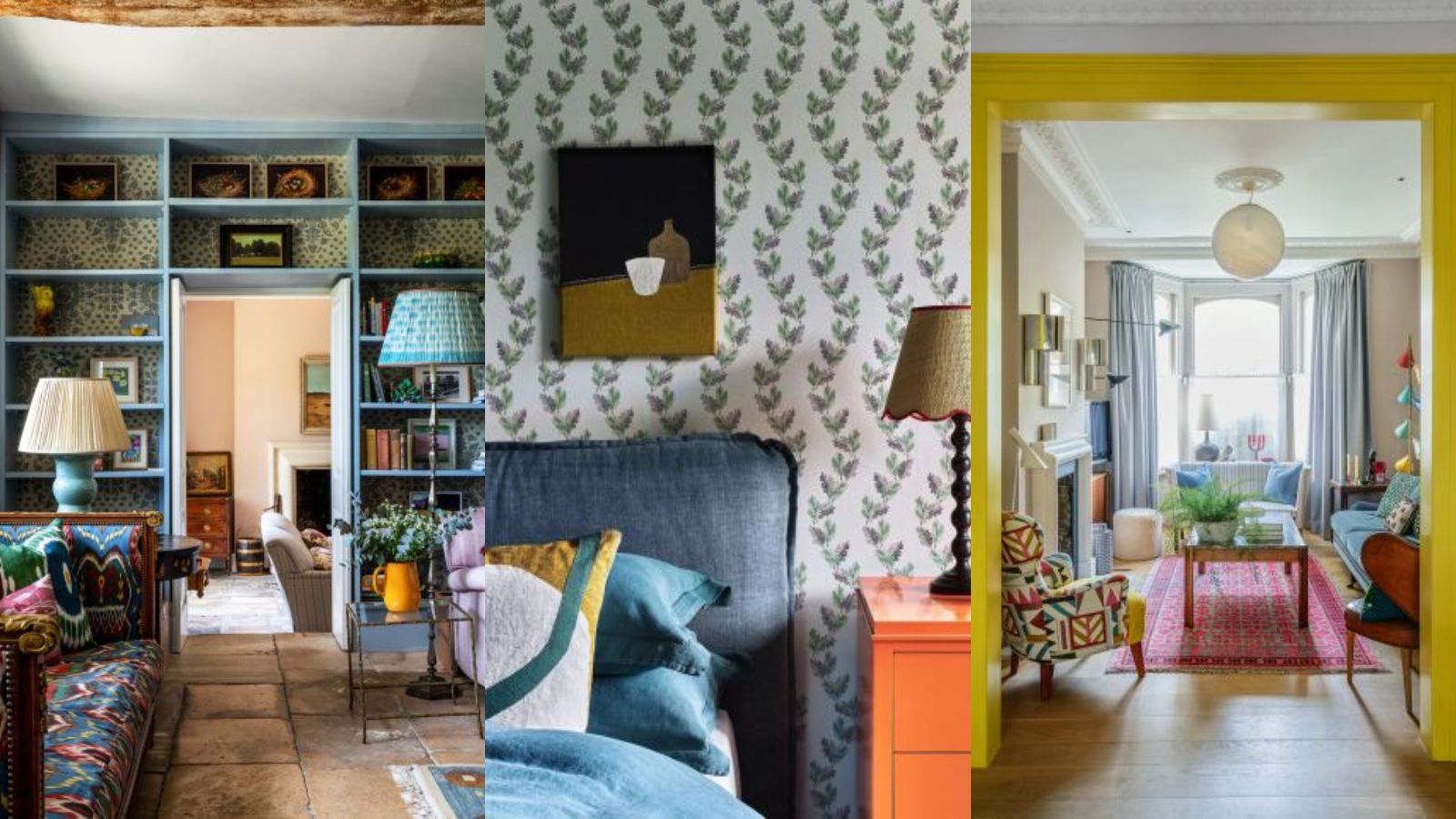 6 clever ways to upcycle leftover decorating materials – to save money and be more eco-friendly
6 clever ways to upcycle leftover decorating materials – to save money and be more eco-friendlyUsing up leftover decorating materials can result in a more layered interior, too
By Kate Burnett Published
-
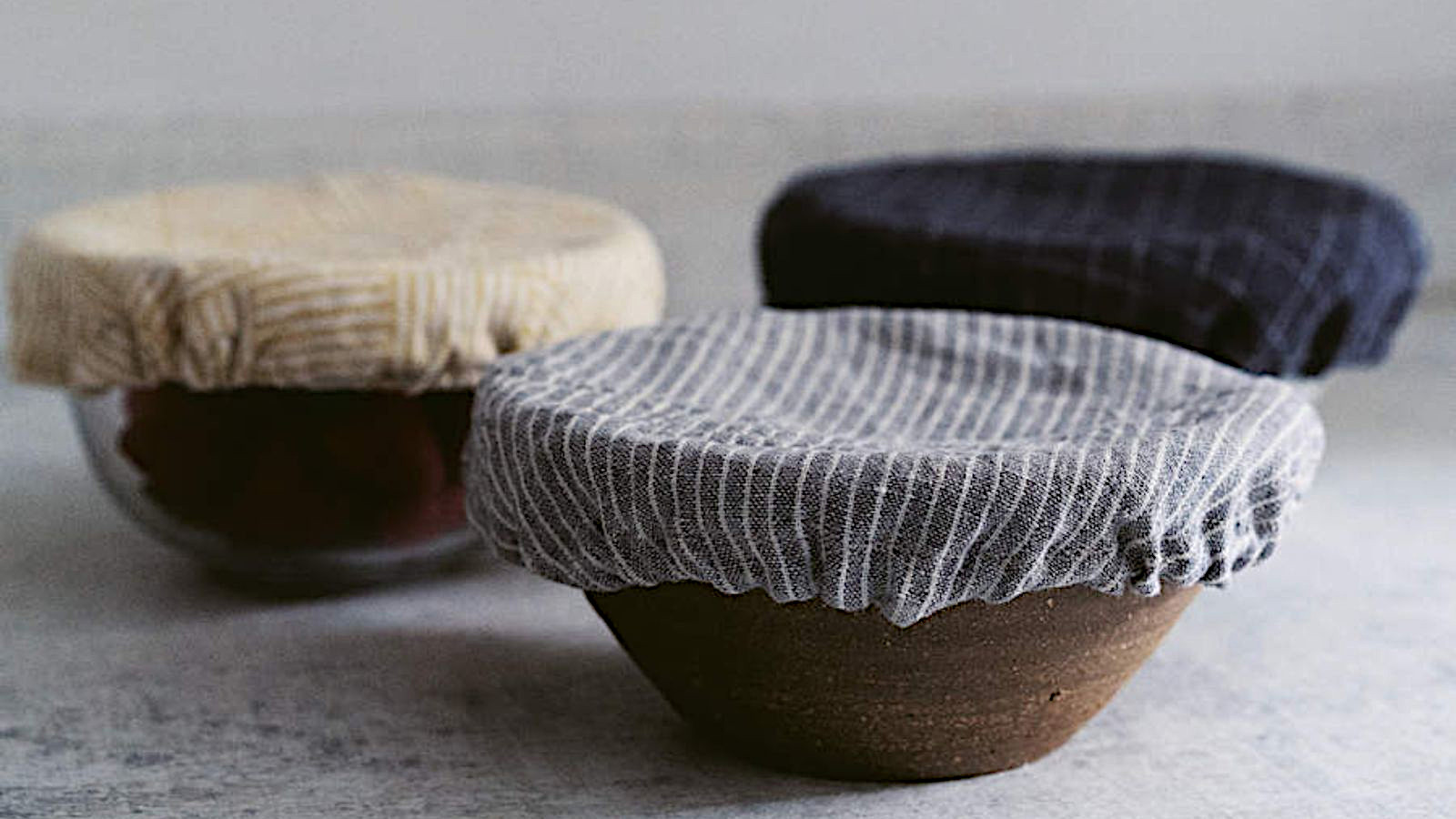 How to make bowl covers – easy steps with upcycled fabrics
How to make bowl covers – easy steps with upcycled fabricsMaking bowl covers will mean no more covering food with plastic, and pretty-looking bowls on the countertop
By Lucy Searle Published
-
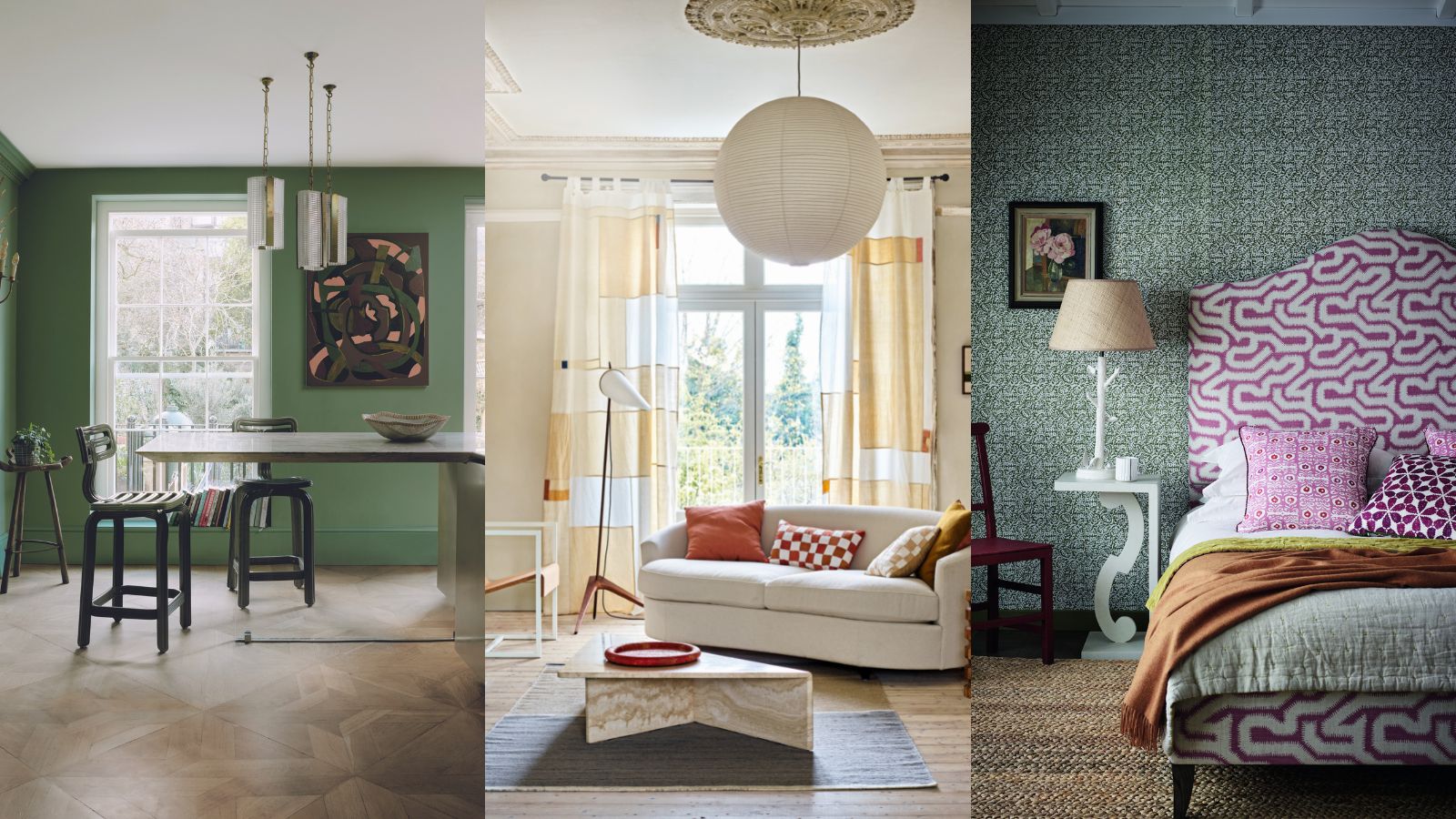 Eco decor – 10 beautiful, sustainably-designed room ideas
Eco decor – 10 beautiful, sustainably-designed room ideasThere is an alluring organic luxury about these eco decor schemes – all crafted with pieces focused on being natural
By Kiera Buckley Jones Published
-
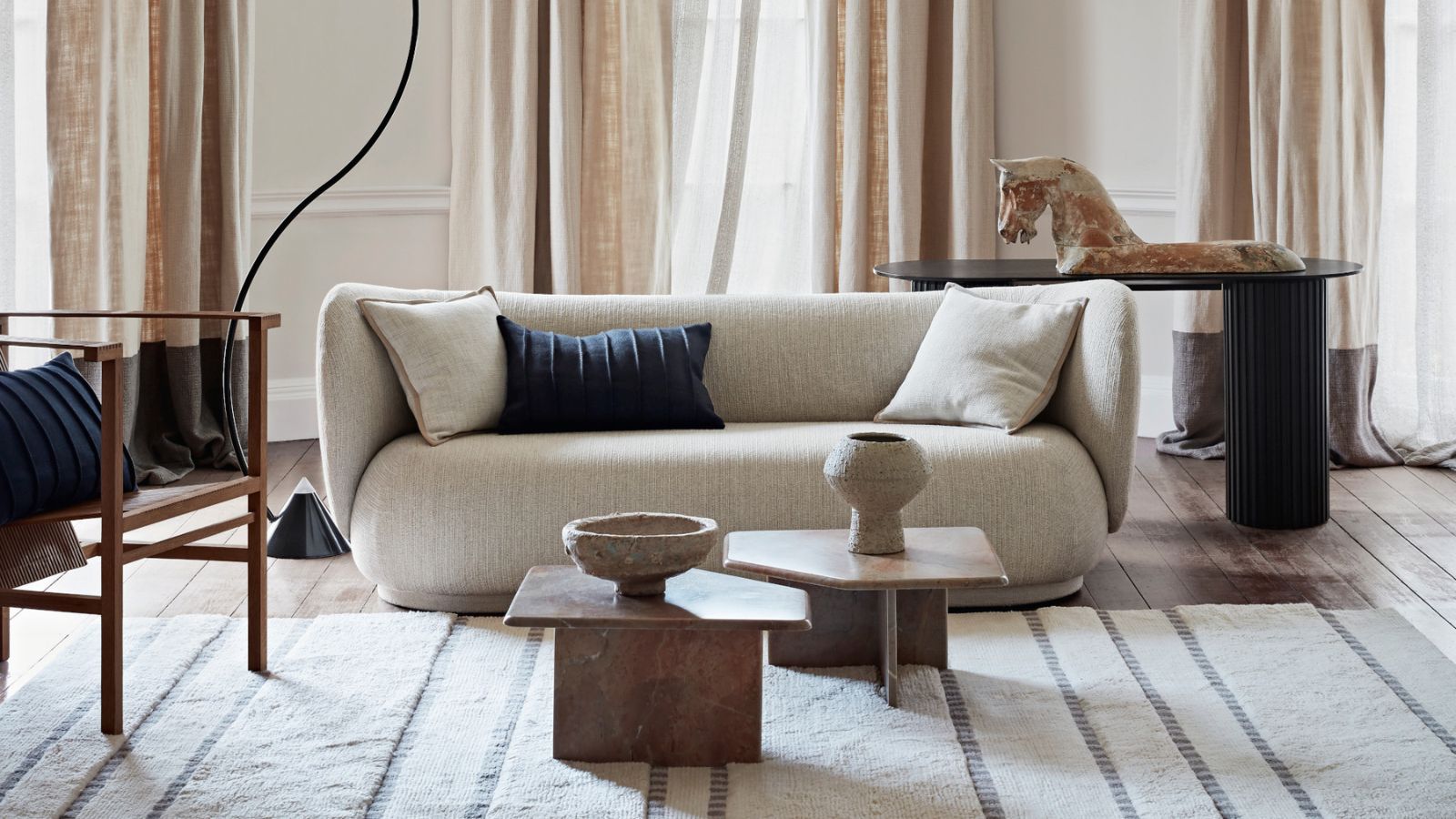 British Style: de le Cuona
British Style: de le CuonaWe find out more about fabric firm de Le Cuona and its landmark range of organic, fully traceable linen
By Arabella Youens Published
-
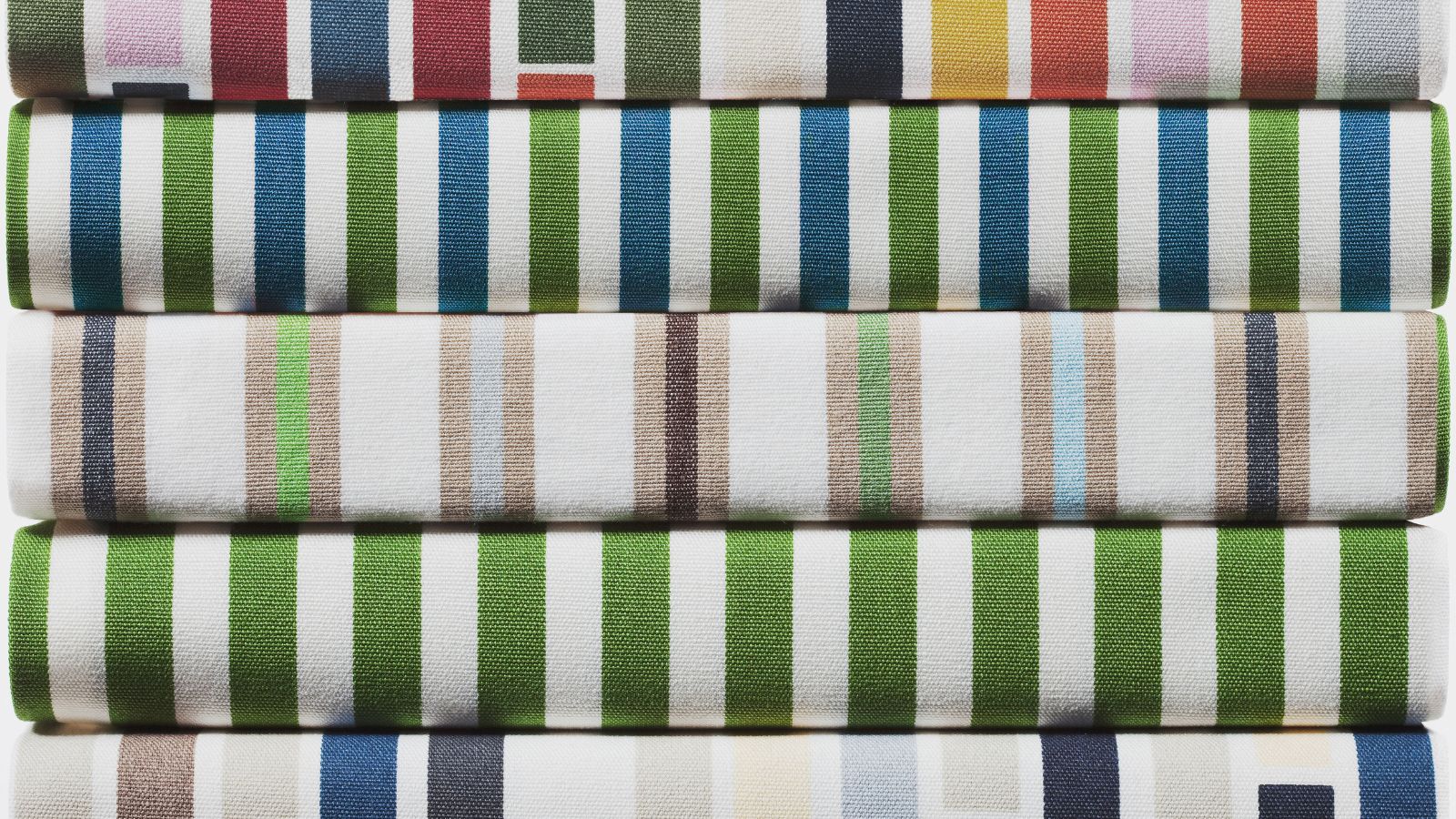 Sustainable fabrics – the fibers to look for and questions to ask
Sustainable fabrics – the fibers to look for and questions to askRecycled textiles expert Jules Haines advises buying sustainable fabrics for your interiors project
By Lucy Searle Published